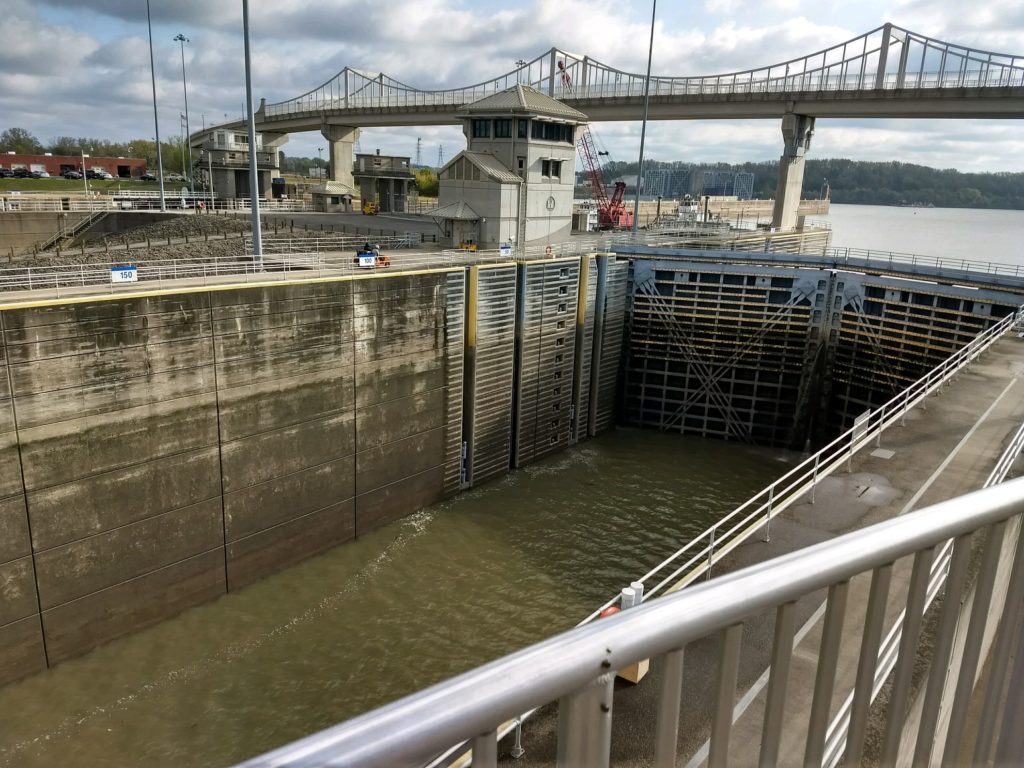The Army Corps of Engineers recently contacted American Testing Services to perform a weld inspection on some gates that control the water level at the CJ Brown Reservoir in Springfield. Upon receiving the gates, our ultrasonic staff determined that a weld inspection would not provide useful information for the customer. However, in examining the parts, significant pitting was noted. We then recommended UT thickness / corrosion testing to determine material loss.
Grateful for our needs analysis and attention to detail, the Army Corps of Engineers invited technical salesman, Dan Reynolds to be a guest speaker at the McAlpine Training Center in Louisville, Kentucky. This think tank / training workshop focused on various topics concerning problem solving of construction and maintenance issues. Dan spoke about how the ultrasonic inspection determined the material loss, other applications for ultrasonic inspection, and how useful NDT in general can be in the field.

The McAlpine Training Center is located at the site of the McAlpine Locks and Dam on the Ohio River. The locks are part of a canal routing water traffic around the Falls of the Ohio. Located at Louisville, Kentucky, they are the only falls in the entire length of the Ohio River. They consist of a rock reef extending across the river and forming rapids about 3 miles in length. In their natural state, the falls or rapids were impassable by vessels except at high stages. In 1825, the Louisville and Portland Canal Company obtained a charter from the Commonwealth of Kentucky to construct a canal around the Falls of Ohio. The canal was completed and the first boat passed through on December 22, 1830.